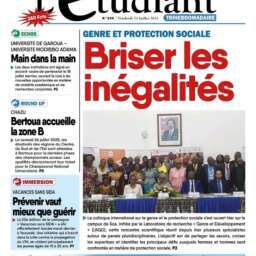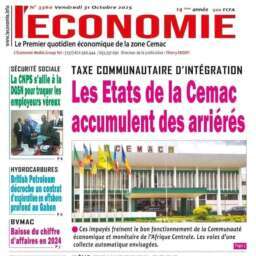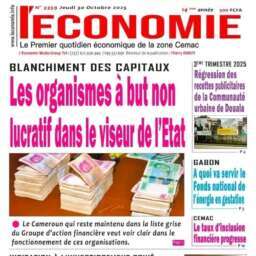(Business in Cameroon) – Ahead of a July 31, 2025, deadline, Cameroon’s tax authority launched a door-to-door campaign to help senior officials, civil servants, and employees of public and semi-public enterprises submit their annual Personal Income Tax (IRPP) summary declarations. The effort involved deploying agents to several government departments and companies to encourage compliance.
The Directorate General of Taxes sent agents to the National Hydrocarbons Corporation, the Bank of Central African States, the Public Procurement Regulatory Agency, and the Telecommunications Regulatory Agency. This effort follows a separate June 30 deadline for non-professional taxpayers.
The campaign capitalizes on an IRPP reform introduced in 2021 and implemented in 2024. The reform is intended to broaden the tax base by allowing authorities to obtain precise information on taxpayers’ salaries and income. This enables the tax authority to verify if the correct amount of tax has been paid and to make adjustments if needed.
“Since the introduction of the annual summary declaration in 2024, the filing rate has reached 54.5%, generating 14.5 billion CFA francs,” the Ministry of Finance stated in its 2026-2028 Medium-Term Economic and Budgetary Planning Document. “Despite this progress, obstacles remain, particularly regarding accessibility and awareness. The introduction in 2025 of the pre-filled declaration aims to simplify the process and increase compliance, with the goal of improving individual contributions to tax revenue.”
According to the ministry, the reform was necessary because individuals have historically contributed very little to Cameroon’s tax revenues. “The contribution of individuals to tax revenues has historically been low, at 7% before 2024, compared with 17% in countries with similar levels of development and 24% in OECD countries,” the ministry emphasized. “This contribution must be strengthened to ensure a fair distribution of the public burden, in line with their contributory capacity.”
BRM

































